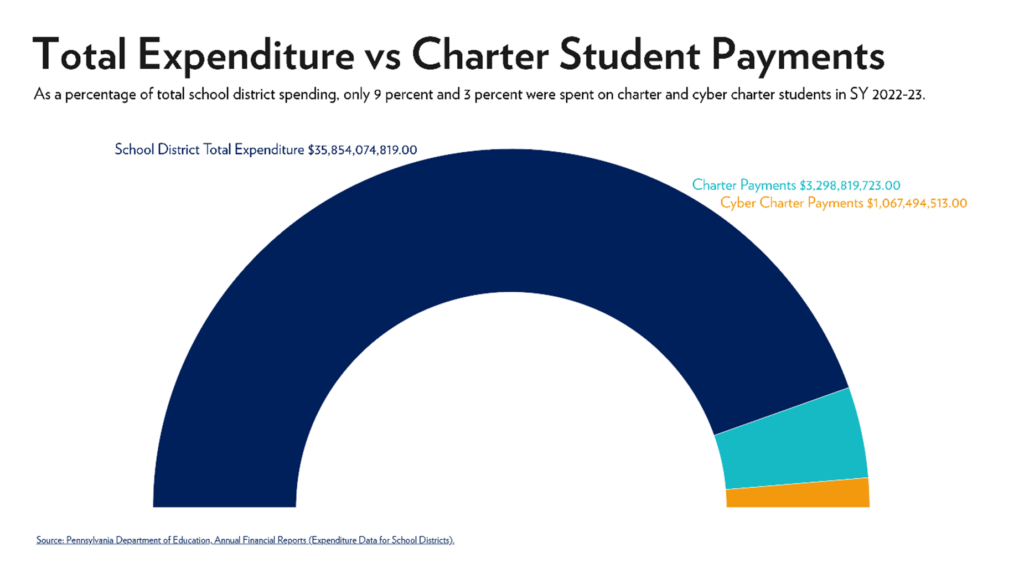Stay Informed
"*" indicates required fields
Blog

Cyber Charters are Crucial for Pennsylvania’s Most Vulnerable Students
Charter and cyber charter schools are the only tuition-free options for Pennsylvania families seeking educational alternatives to their assigned district public school.
About 60,000 students attend a Pennsylvania cyber charter. And many of these students are the most vulnerable in the commonwealth:
- Cyber charter students are twice as likely to be homeless as those in traditional public schools.
- Half of all cyber charter students come from low-income backgrounds. For some cyber charters, 95 percent of their students come from low-income backgrounds.
- Thousands of cyber charter students have disabilities. In fact, students with an individualized education program (IEP) are 27 percent more likely to enroll in a cyber charter.
- More than 900 are English language learners.
Yet, cyber charters face persistent threats from the state legislature. Last year, lawmakers cut cyber charter special education funding. This year, Gov. Josh Shapiro and other lawmakers seek to set an arbitrary cap on per-student funding for cyber charters.
Just how burdensome are these students? Of the $35 billion in total school district expenditures, less than 3 percent goes to cyber charters.

For years, school districts have complained about the competition from cyber charters. Last month, a statewide audit reignited those complaints, reporting that cyber charters have increased their financial reserves. The auditor general’s report found that five cyber charter schools increased their operating surplus by $365 million over three years. Enrollment in cyber charters surged 60 percent over the same period.
The auditor general states that these legal increases in funding are partly due to a broken funding formula. According to the audit, Pennsylvania neither ties instructional costs to enrollment changes nor sets guidelines for spending or reserves—yet the same can be said for district public schools.
The audit failed to mention that district public schools also have increased their reserves—even as their enrollment has steadily declined. School district reserves total more than $6.8 billion. With increases in state and local funding, many school districts are flush with cash—even as enrollment sits at its lowest level in state history.
There is one big difference, though: District schools can count on annual funding increases, even as they serve fewer and fewer students each year; cyber charters cannot. Charters receive funding for the students who actually attend. Moreover, that amount is still a fraction of what those same students would get in their assigned district public school.
This selective spotlight on accountability and funding caps for only one type of school (a school of choice) is an obvious sign of Pennsylvania’s fear of competition and empowering parents. But many families cannot afford to move to a new zip code with better schools or pay tuition at a private school. Instead, cyber charters are the only viable choice for many Pennsylvania families and students.
Topics on this page
Connect With Us
Email Sign Up
"*" indicates required fields